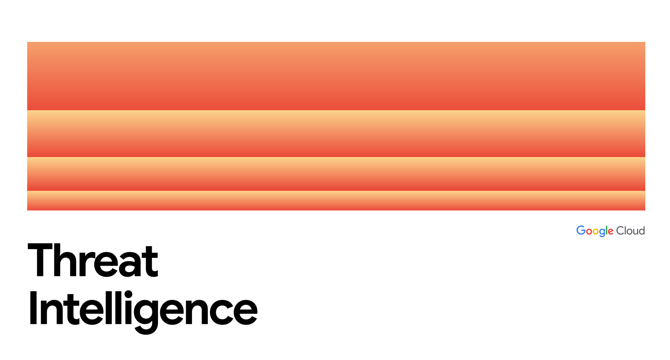Cloudblog
2d
187

Image Credit: Cloudblog
Hello, Operator? A Technical Analysis of Vishing Threats
- Organizations are increasingly relying on digital communication channels such as calls and chat platforms for essential business operations.
- Social engineering tactics, including voice-based social engineering known as vishing, are being used by threat actors to manipulate individuals into divulging information.
- Different threat actors like UNC3944 and UNC6040 employ vishing with distinct objectives such as account takeover and data exfiltration.
- Understanding the techniques of threat actors can help organizations strengthen their internal policies against social engineering attacks.
- Open-Source Intelligence Gathering (OSINT) plays a crucial role in reconnaissance for social engineering campaigns by sourcing information like network ranges, employee positions, and more.
- Automated phone services and employee identification processes are targeted by attackers to gather information for crafting convincing pretexts during social engineering interactions.
- Effective social engineering campaigns require detailed reconnaissance about the target organization to ensure believability and success.
- Security measures like positive identity verification, strong MFA enforcement, and employee training are recommended to mitigate vishing threats.
- Organizations should implement proactive security initiatives and a defense-in-depth strategy to safeguard against vishing and related social engineering attacks.
- Regular security monitoring, alerting for vishing-related activities, and employee training on vishing awareness are crucial components of a comprehensive defense strategy.
Read Full Article
11 Likes
For uninterrupted reading, download the app